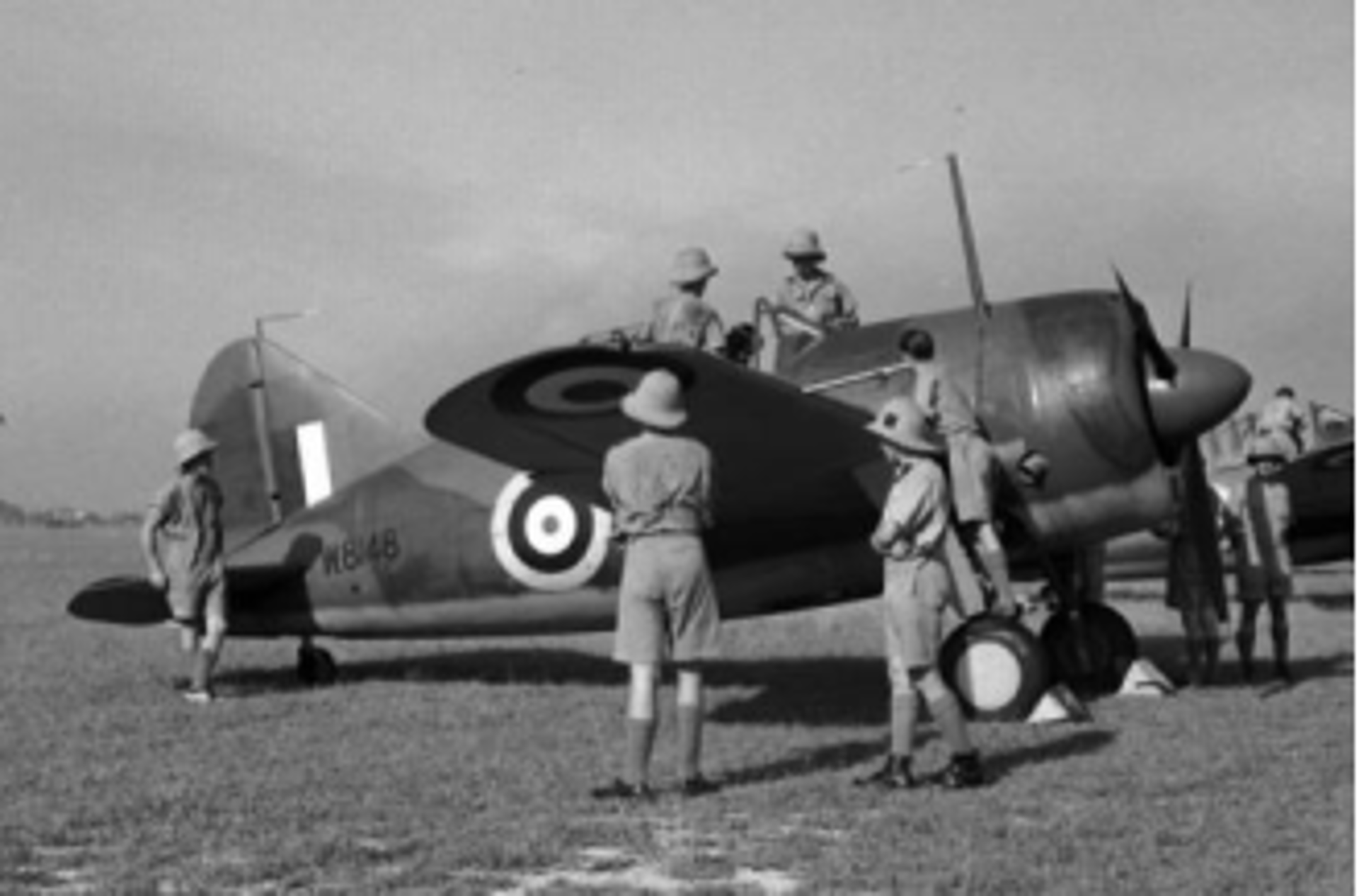
You didn’t come this far to stop
The RAF's Struggles in the Far East Command
Episode 26: The RAF's Struggles in the Far East Command
By December 1941, as tensions escalated in the Pacific, three-quarters of all personnel serving in the Royal Air Force (RAF) Far East Command had been posted directly from training schools. These fresh recruits were unfamiliar with the unique tropical conditions of Malaya, and their lack of experience would soon become painfully evident. The RAF’s performance in the region was hampered not just by the pilots’ inexperience, but by a series of systemic failures that ranged from inadequate intelligence to flawed training and preparation.
WW2 HISTORYDESCENT INTO HELLIN THEIR FOOTSTEPS BLOG
Toursofwar.com
8/8/20246 min read
A Dangerous Lack of Preparation
Pilot Experience


Inexperienced Recruits
By December 1941, three-quarters of all personnel in the Royal Air Force (RAF) Far East Command were freshly posted from training schools, with little to no operational experience. These new recruits were unfamiliar with the challenging tropical conditions of Malaya, which further hindered their ability to adapt to the realities of air combat in the region.
High Accident Rates
Between January and September 1941, the Far East Command recorded 67 flying accidents, resulting in 48 fatalities. This high accident rate reflected the pilots' lack of experience and the dangerous conditions they faced. The toll of these accidents, even before any major enemy engagements, showed how unprepared the RAF was for the campaign ahead.
The Intelligence Failure
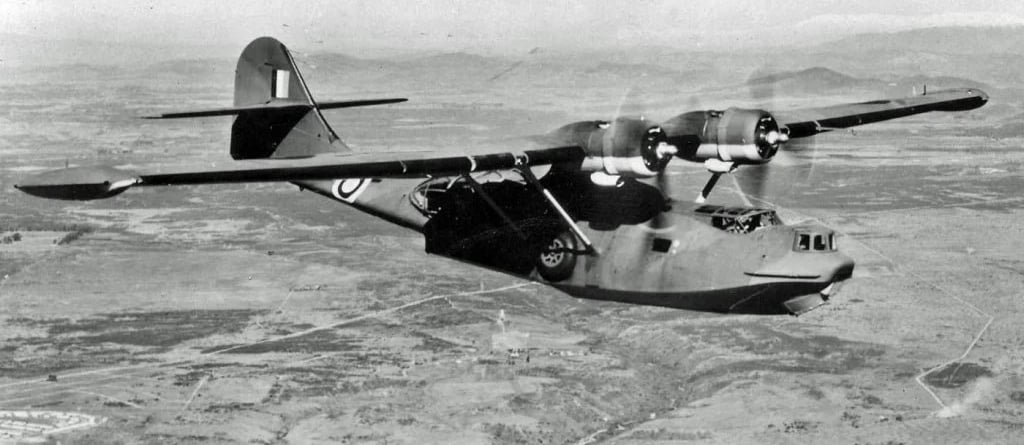

A Flawed Intelligence System
One of the greatest failings of the RAF Far East Command was its intelligence operations. Despite having critical intelligence about Japanese aircraft, particularly the Mitsubishi A6M Zero, this information was mishandled. The Chief Intelligence Service under Air Chief Marshal Sir Robert Brooke-Popham was understaffed and under-resourced, and much of the data collected about the enemy never reached operational squadrons.
Mismanagement of Key Information
The intelligence failures were exacerbated by poor organization. Despite reports from British air attachés in China about Japanese fighter capabilities, including the Zero, the RAF Far East Command never extracted this critical data from general intelligence. As a result, the inexperienced pilots were sent into battle with little knowledge of the Japanese aircraft they would face.
A Systemic Breakdown
Did You Know?
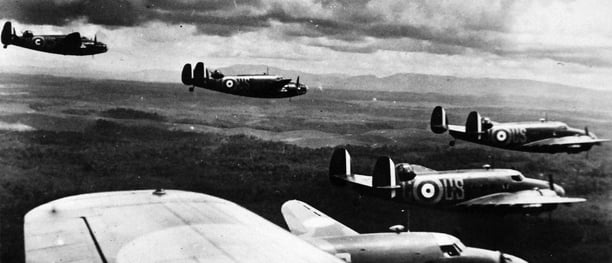

By late 1941, 75% of RAF personnel in the Far East had been posted directly from training schools, with minimal experience in tropical flying conditions.
A Missed Opportunity for Intelligence
The Zero Fighter


The Japanese Mitsubishi A6M Zero first appeared over China in mid-1940, a full year before the outbreak of war in the Pacific. Its proficiency was obvious to anyone paying attention, as it quickly outclassed other fighters in the region with its superior speed, agility, and range. In May 1941, seven months before the Pacific War began, a Japanese fighter was shot down by anti-aircraft fire near Chengdu, China. The wreckage provided valuable insights into the Zero’s capabilities, including its range and technical specifications.
This critical intelligence was passed to air headquarters in Singapore and also reported by a British air attaché stationed in Chongqing. However, due to a lack of experienced intelligence staff in the Far East, this information was buried in a mass of general reports and failed to reach the operational squadrons in time. This lack of communication, combined with the inexperienced nature of the RAF pilots, meant that the Allies entered the war against Japan severely disadvantaged in the air.
The Japanese Zero recovered on Akutan Island in the Aleutians, where it crashed in June 1942, pictured repainted in U.S. markings at Naval Air Station (NAS) San Diego, California
The Zero's Introduction
The Mitsubishi A6M Zero was introduced to combat over China in July 1940, a full year before the Pacific War began. Despite early indications of its superiority, British intelligence failed to act on reports about the aircraft. A Japanese Zero was even shot down by anti-aircraft fire near Chengdu in May 1941, offering valuable insights into its capabilities, yet this critical intelligence was never properly utilized.
Inexcusable Oversight
With much of the intelligence regarding Japanese air tactics and aircraft readily available, the failure to provide RAF pilots with this information was a critical oversight. As Christopher Shores and Brian Cull noted in Bloody Shambles, “the lack of intelligence staff resulted in this data failing to be extracted from a mass of general intelligence information.” This failure handicapped the RAF in its battles against the more experienced and better-equipped Japanese forces.


Intelligence Failures
Ignoring the Japanese Threat
A Failure in Leadership
The RAF’s failure to adequately prepare its pilots for combat in Malaya was largely due to ineffective leadership and mismanagement of resources. While there were experienced officers in some RAF squadrons, the decision to send fresh pilots directly from training schools without proper familiarization to Malaya’s conditions led to catastrophic results. This failure was compounded by the inadequate aircraft they were forced to fly.
Unmatched by the Japanese
The Japanese air force, with its experienced pilots and superior aircraft, held a clear advantage over the RAF. The combination of better training, operational experience, and superior aircraft meant that Japanese pilots could dominate the skies over Malaya from the outset of the campaign. RAF pilots, flying the outdated Brewster Buffalo and Blenheim bombers, stood little chance against the advanced Japanese fighters like the Zero.
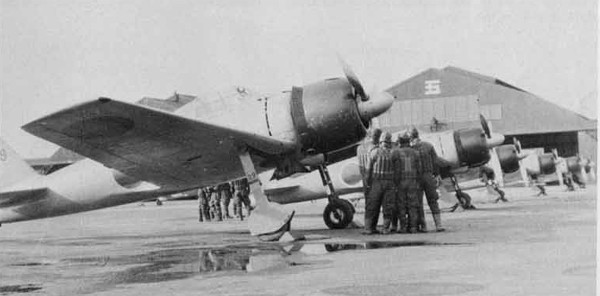

Operational Disadvantages
Inexperienced Pilots and Poor Equipment
Did You Know?
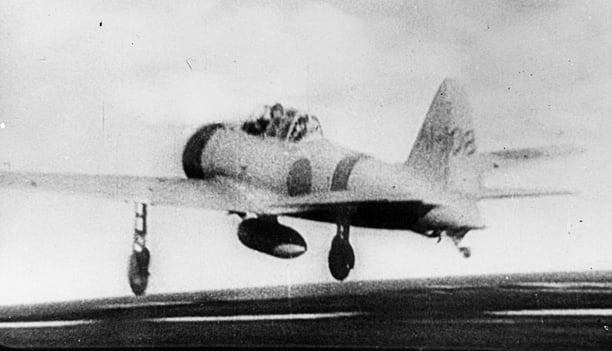

The Mitsubishi A6M Zero had a range of over 1,160 miles (1,870 km), providing it with an operational advantage over most Allied aircraft in the Pacific War.
In contrast, Allied pilots were significantly underprepared for the challenges of air combat. By late 1941, Australian pilots comprised about 25% of the total squadron strength in Singapore and Malaya. However, many of these pilots were still undergoing conversion training for the Brewster Buffalo. In September 1941, No. 21 Squadron of the RAAF was still converting to the Buffalo, and its most experienced pilots were being transferred to other units for training purposes.
To address the lack of operationally ready pilots, a temporary Advanced Flying Training Unit was established in Kuala Lumpur to train newly arrived Australian and New Zealand pilots. However, it took over four months of additional training before these airmen were considered ready for combat. This delay left the Allies with an inadequate number of experienced pilots to meet the immediate threat.
The challenges were compounded when No. 21 Squadron was re-tasked from general reconnaissance to fighter and army cooperation roles, requiring pilots to adapt quickly to new combat conditions. Many of these pilots had not been selected as fighter pilots and struggled to adjust to the new demands.
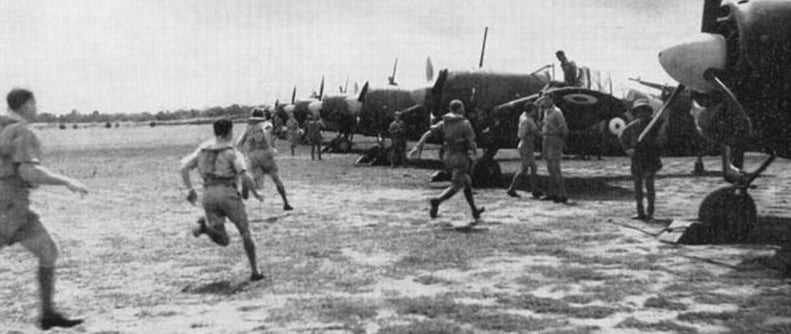

Allied Pilots
Inexperienced and Undertrained
Conclusion
A Systemic Failure of the RAF in Malaya
The RAF's struggles in Malaya during 1941-1942 were the result of a systemic failure in intelligence, training, and leadership. The RAF pilots, many of whom were inexperienced and flying inadequate aircraft, were sent into battle without the necessary preparation to face the experienced Japanese air force. The failure to properly utilize intelligence regarding Japanese aircraft, especially the Mitsubishi A6M Zero, compounded these challenges. These missteps would have devastating consequences during the Japanese invasion of Malaya, leading to the swift collapse of Allied air defenses.
Next Episode: Brooke-Popham’s Two Visits to Australia
The next episode will explore Air Chief Marshal Sir Robert Brooke-Popham’s two visits to Australia in 1941, examining how these meetings shaped Allied strategic decisions and impacted the defense of Malaya and Singapore. These visits would play a critical role in determining the course of the campaign as the Japanese threat in the Pacific grew.
How You Can Help
Donations and Sponsorships: We are seeking corporate sponsorships and donations to fund ongoing restoration projects and educational programs. Your support can make a significant difference in maintaining the quality and impact of the museum.
Volunteer Opportunities: If you have expertise or time to offer, consider volunteering with us. There are many ways to get involved, from artifact restoration to educational outreach.
Spreading the Word: Share this blog and our mission with your network. The more people who know about the JEATH War Museum and its significance, the greater the impact we can achieve together.
The St Andrews Research Team is dedicated to preserving the legacy of the Thai-Burma Railway and the memories of those who suffered. We need your support to continue our work. There are several ways you can help:
Join the Cause!
If you or someone you know is interested in supporting this cause, please get in touch.
This is a chance to be part of something truly meaningful and impactful.
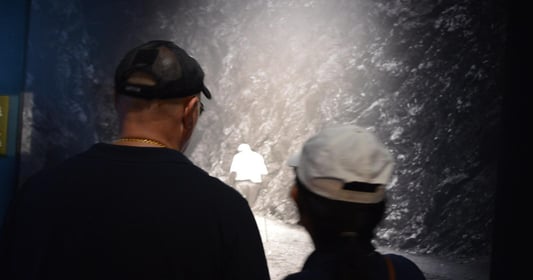

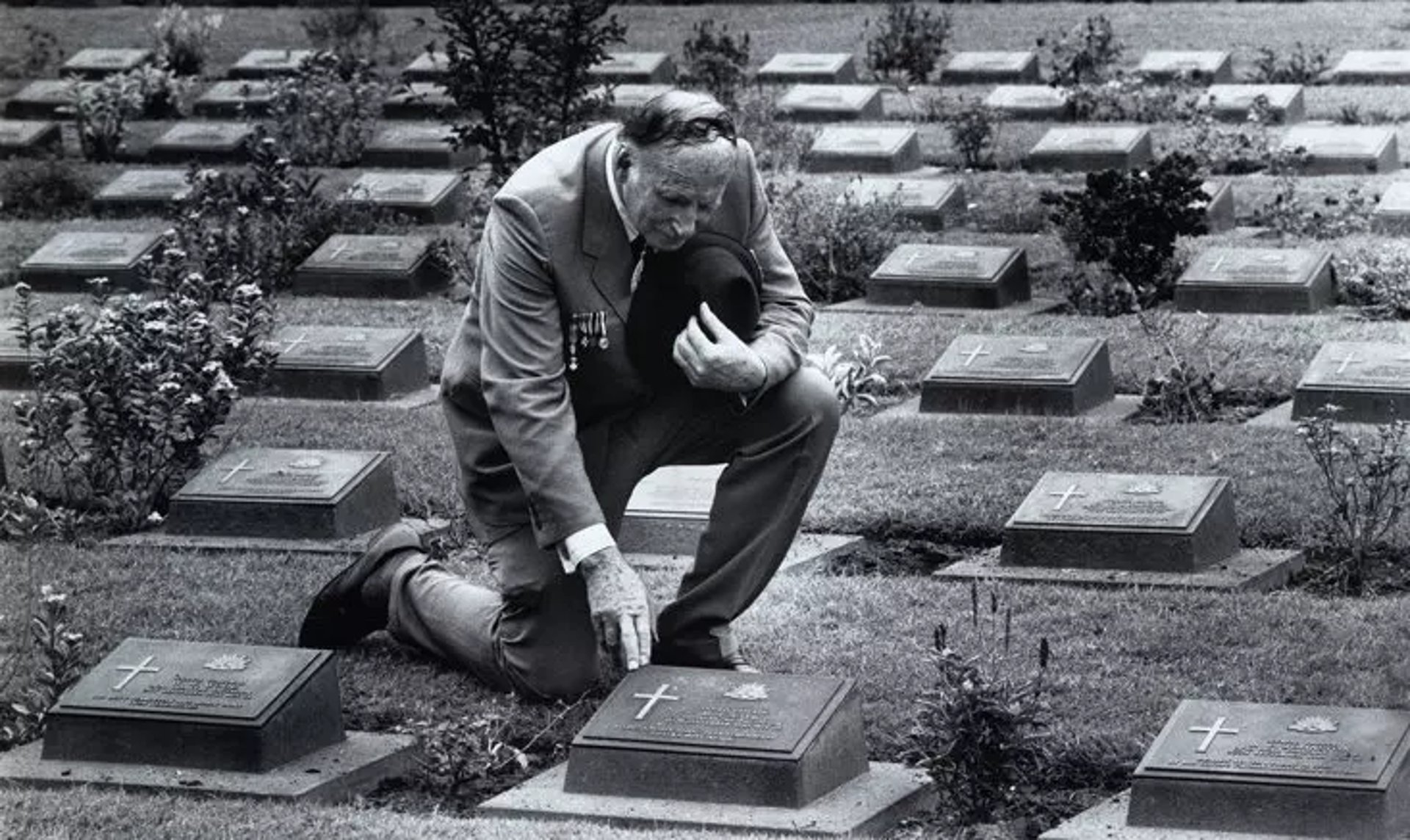
Together, We Can Make a Difference!
This is a veteran-run project, and we need your help to make it happen. Stand with us in honoring the legacy of the POWs and ensuring their stories are never forgotten.
